Framed in the national aerial survey programme, the scientific service MUMM performed a total of 246 flight hours over the North Sea in 2019. This contribution lists the most important results, with focus on the core tasks: surveillance of marine pollution and monitoring of the marine environment. Thirteen cases of operational discharges by ships have been observed, and suspect sulphur values have been measured in the smoke plumes of 51 vessels. With this sulphur emission monitoring effort, Belgium keeps on playing an international pioneering role which keeps on arousing interest, even from far outside Europe. The plane also successfully participated in an internationally coordinated surveillance mission of the oil and gas installations in the central part of the North Sea. Furthermore, some important marine mammal counts were performed, and windmill construction sites monitored.
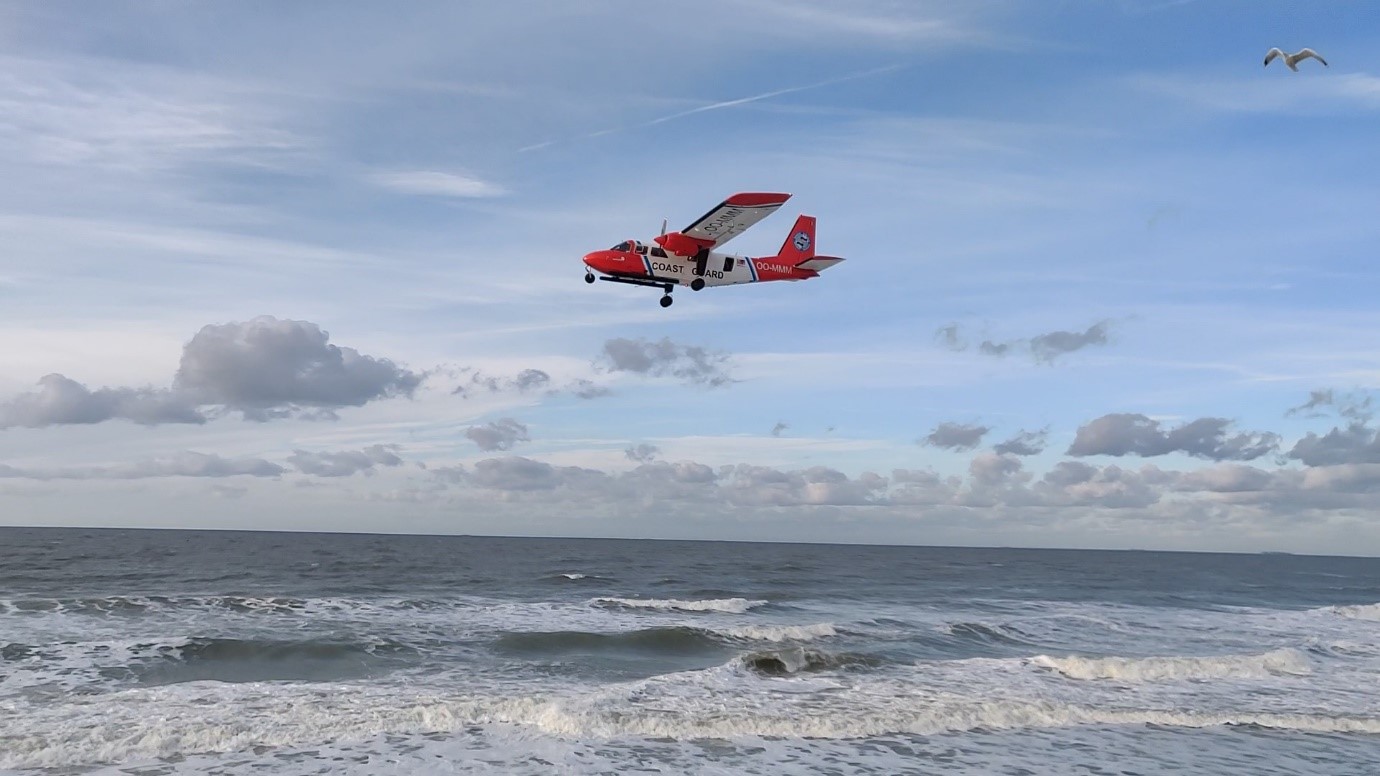
Overview of Surveillance Flights
A total of 246 flight hours have been performed in the framework of the national North Sea aerial survey programme in 2019. This programme is organised by the scientific service MUMM (Management Unit of the Mathematical Model of the North Sea) of the Royal Belgian Institute of Natural Sciences, in collaboration with the Ministry of Defence. Most of the flight hours concerned national flights (183 hours):
- 173 hours in the context of the Belgian Coastguard
- 129 hours of pollution control: 67 hours for the detection of discharges of oil and other harmful substances (MARPOL Annex I, II and V) and 62 hours for the monitoring of sulphur emissions from ships (enforcement of MARPOL Annex VI / SECA – Sulphur Emission Control Area, see below);
- 43 hours of fishery control, on behalf of the Flemish Fishery Inspection Services;
- 1 hour in response to a specific call for the search of a whale
- 10 hours for marine mammal monitoring
A smaller part (63 hours) was spent on international missions, of which 35 hours on sulphur emission monitoring in Dutch waters on behalf of the Dutch competent authorities, 24 hours on the Tour d’horizon-mission for surveillance of offshore oil and gas installations in the North Sea (an international mission framed in the Bonn Agreement), and 4 hours for an international oil combating exercise organised by the Netherlands.
Operational Discharges from Ships
Fortunately, the Belgian waters have not been affected by pollution as a result of shipping accidents (accidental pollution) in 2019. On the other hand, 13 cases of operational discharges from ships have been observed:
- One minor oil spill was observed in front of Ostend. However, the slick could not be linked to a ship.
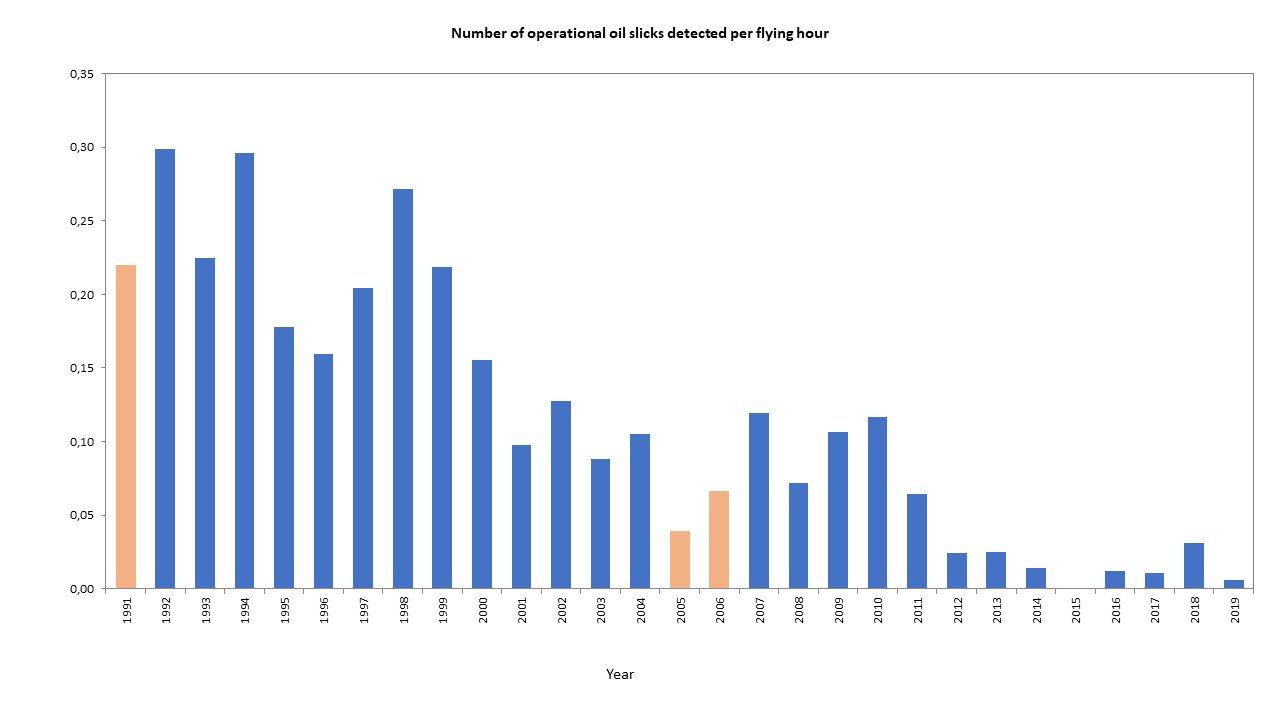
- Twelve spills of other harmful substances than oil (MARPOL Annex II). In one of these cases, a detection by night, a link could be made with a ship. A port state control was requested in the next port of call. This made clear that it consisted of a permitted discharge of palm oil (MARPOL Annex II).
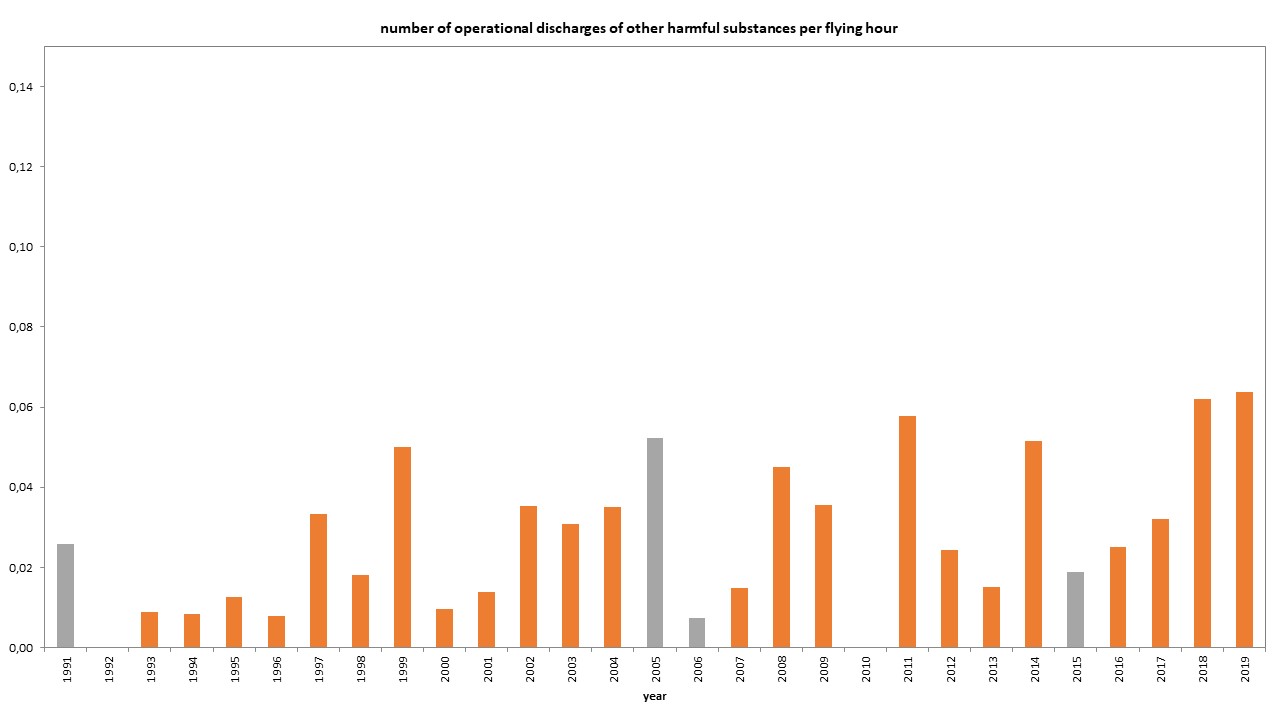
These figures show that although the number of oil spills has greatly decreased in the last decade (first graph), the number of spills of other harmful substances is still a common problem, and even appears to rise (second graph).
Oil Pollution in Belgian Ports
During transit (from Antwerp airport – the home base of the aircraft – to the North Sea), 2 oil spills have been observed in the port of Antwerp. These spills were immediately reported to the competent authorities to ensure follow-up.
Monitoring of Sulphur Emissions from Ships at Sea
In order to monitor compliance with the stringent fuel sulphur content limits for ships sailing in the North Sea Sulphur Emission Control Area, 96 hours of sniffer flights were conducted over the Belgian and Dutch waters. Of the 1241 vessels that were inspected at sea, 51 showed suspiciously high sulphur values in their exhaust plumes. These cases were systematically reported to the competent maritime inspection services for a further follow-up in port.
At this moment Belgium is one of the few countries performing such offshore monitoring of sulphur emissions of individual ships. The obtained experience and results, also in terms of subsequent port inspections of suspected vessels and pursuit of offenders, have led to considerable interest in Europe and beyond. In this context, the RBINS scientists participated in various international forums in 2019, including the « Shipping and Environment Conference » in Sweden, the « Sulphur Experts Meeting » in Denmark and the « European Maritime Safety Agency Surveillance Training » in the Netherlands. At the BONN Ministerial Meeting 2019 The Belgian experience was a major driver to include MARPOL Annex VI in the work package area of the Bonn Agreement.

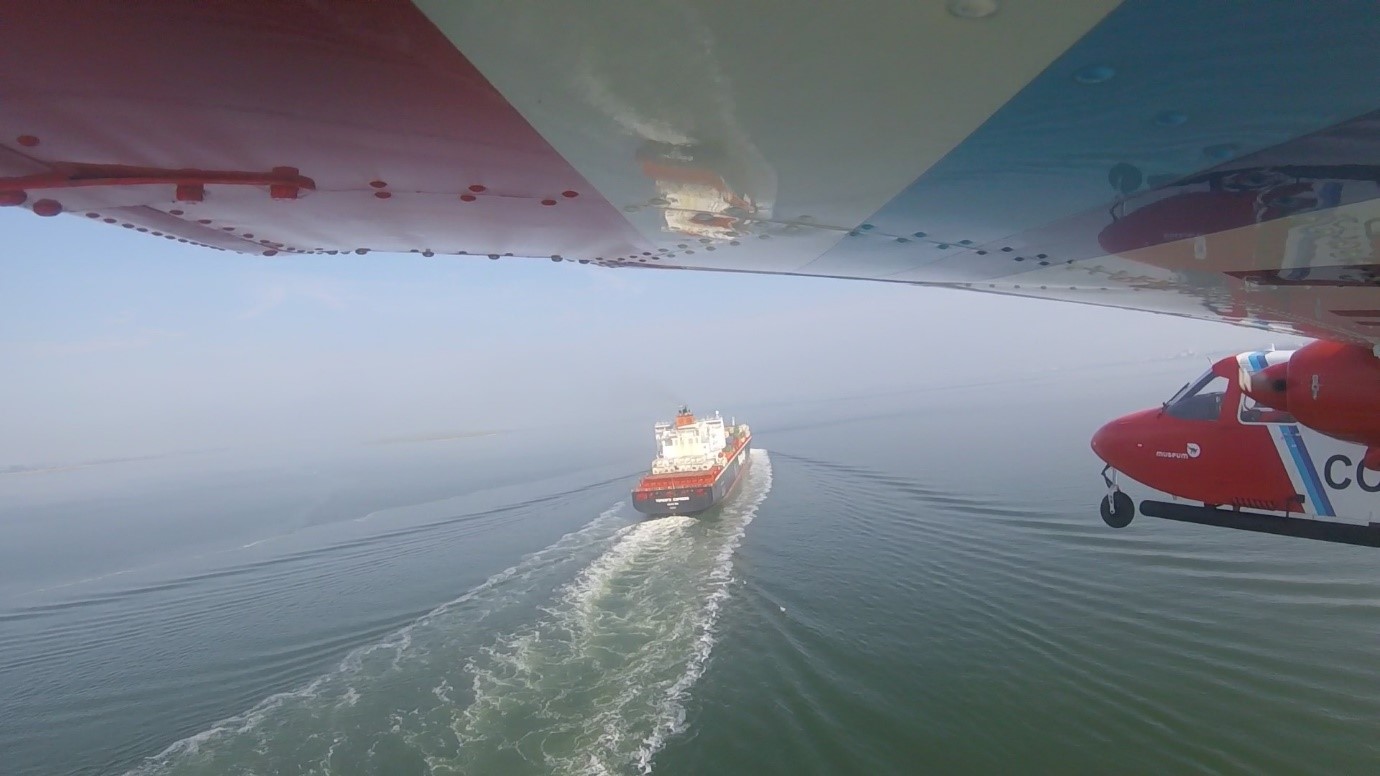
International ‘Tour d’Horizon’ Mission
During the annual TdH-mission for the surveillance of offshore platforms in the central part of the North Sea (in Dutch, German, Danish, Norwegian and British waters), performed in the framework of the Bonn Agreement, the Belgian surveillance aircraft detected 32 pollutions, 23 of which concerned oil detections that could be directly linked to offshore installations. 4 other detections could also be linked to platforms but could not be observed visually due to heavy fog. The 5 remaining detections – 3 oil spills, 1 detection of another harmful substance, and 1 detection of an unknown pollutant – were made without a vessel or platform in the vicinity. All these detections were systematically reported for further follow-up to the competent coastal State, in accordance with agreed international procedures.

Participation in International Oil-Combating Exercise
In April, the aircraft took part, together with the Dutch and German coastguard aircrafts, in an international oil combating exercise organized by Rijkswaterstaat (The Netherlands). The purpose of this exercise was to improve the knowledge on impact and efficiency of the use of dispersants, with manual removal being the first option in in Belgium and The Netherlands). The aircraft played an important role in mapping and monitoring the dispersed versus the naturally weathered oil spill at sea.

Marine Mammal Monitoring off the Belgian Coast
In June, 2 seals and 52 harbour porpoises (including 6 juveniles) were spotted. August brought along 5 seals and 42 harbour porpoises (also including 6 juveniles). The resulting estimate of average density was 0.72 (0.41-1.27) and 0.62 (0.38-1.00) harbour porpoises per km² of sea area, respectively, or about 2,500 and 2,100 animals.
In 2019, no less than 3 new offshore wind farms were built in het Belgian part of the North Sea. The marine mammal monitoring campaigns are carried out to monitor the environmental effects of these wind farms. The aircraft monitored to what extent the permit conditions regarding the correct placement of a « bubble curtain » were respected, which ensures a reduction in noise disturbance for marine mammals among others.
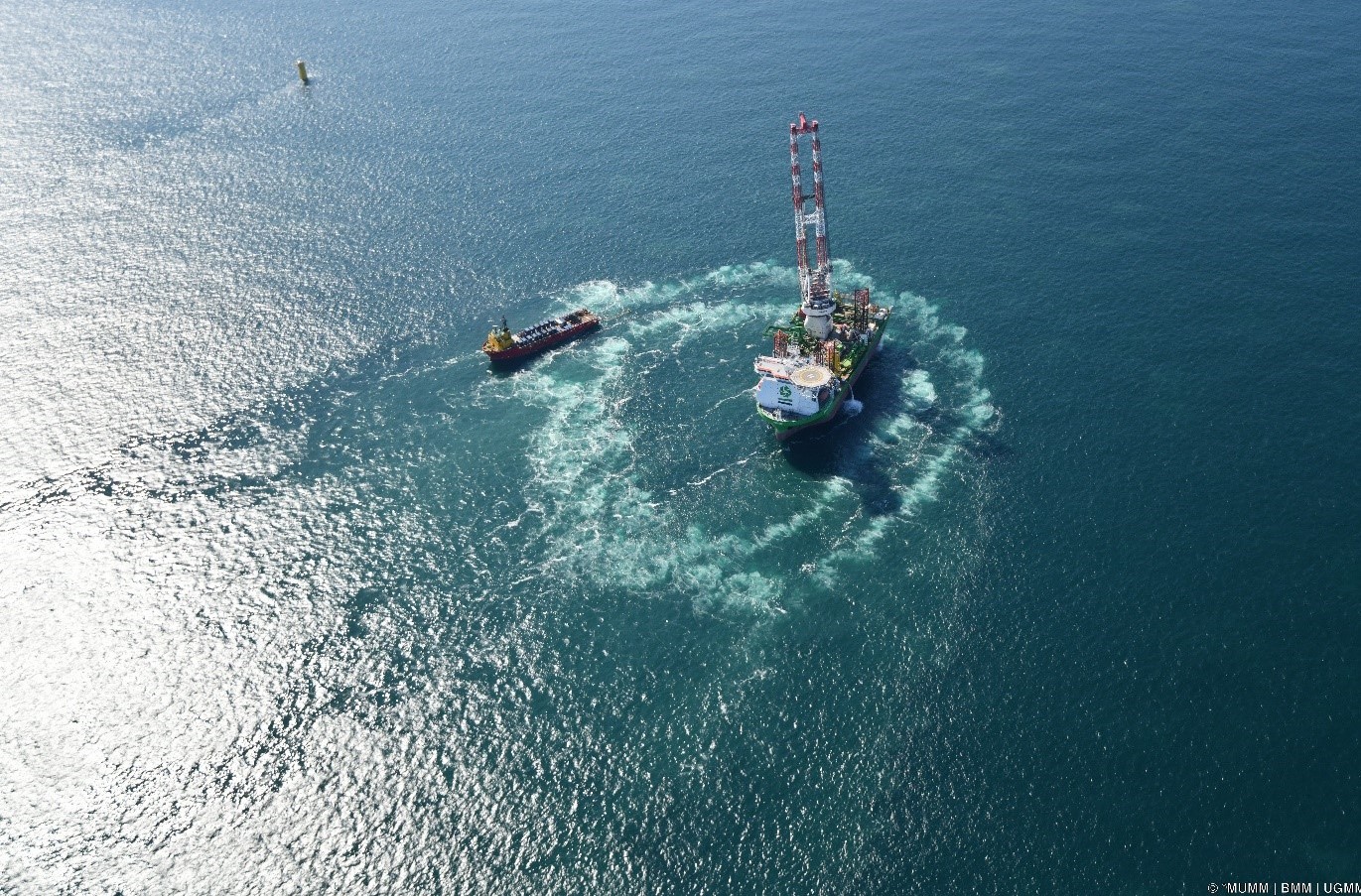
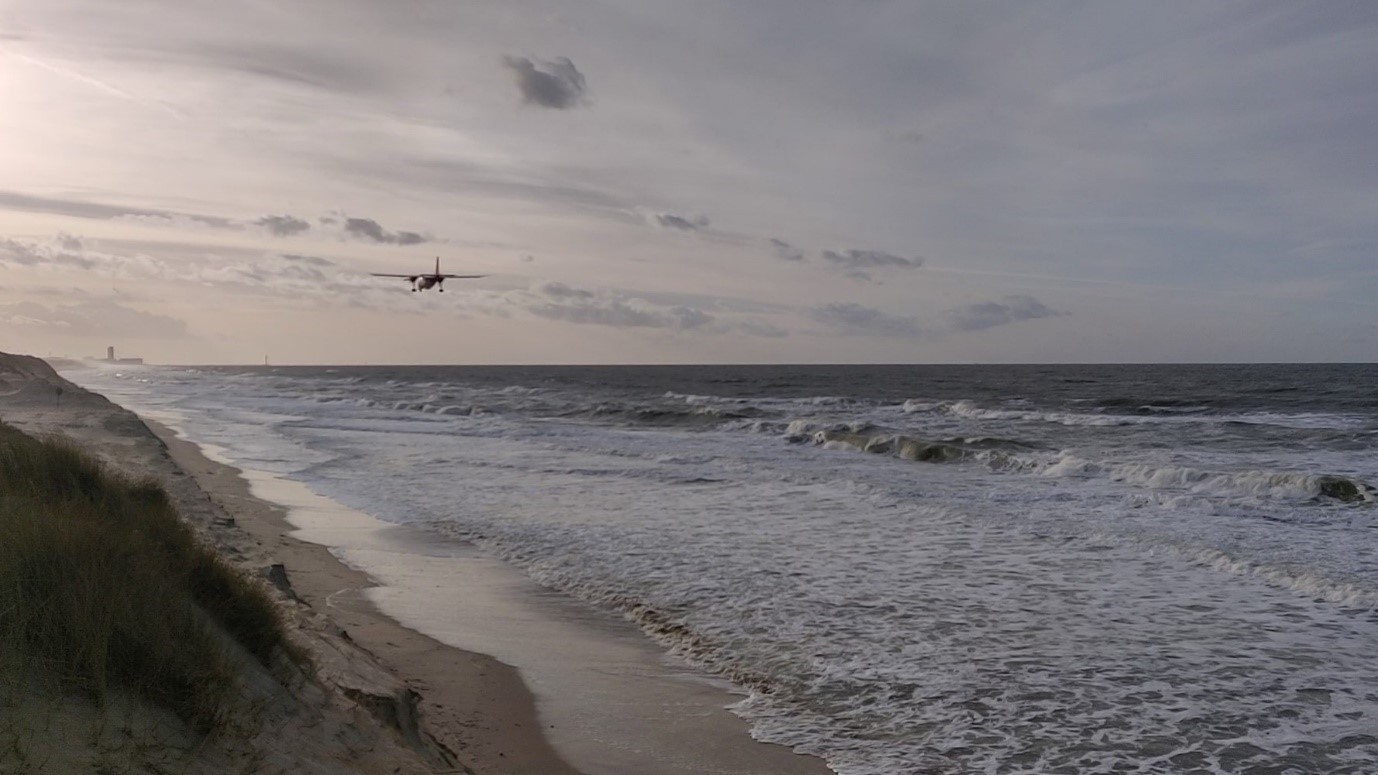
In order to clearly and completely summarise for the press and public the activities of the RBINS (MUMM) surveillance aircraft, the legal frameworks within which these activities take place, and the technical background of the tasks carried out, MUMM published a new website in March 2020. Be sure to watch the video that focuses on sulphur emission monitoring, one of the trademarks and pioneering tasks of the Belgian air surveillance.
